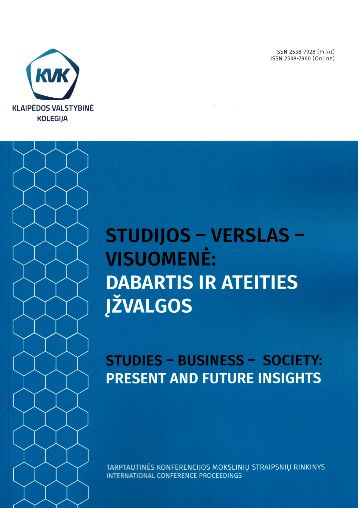APPLICATION OF SPATIAL CHANGES IN THE CREATION OF TOURIST ROUTES
DOI:
https://doi.org/10.52320/svv.v1iVII.232Keywords:
Spatial change tourism, tourist routes, geographic information systems (GIS)Abstract
Geographical information systems are closely linked to the concept of spatial tourism. Spatial tourism is seen as an alternative activity that organizes and digitizes environmental data. Spatial change tourism uses old and current maps, site plans, visual aids, and descriptions of objects to show the change in the area under analysis by comparison. This process creates the preconditions for the spatialization of tourist routes. First, an analysis of the selected environment (using georeferencing tools); systematization and purification of the information on the cultural objects; followed by the selection of professional photographs revealing the appearance of the objects (which can be used to compare the aesthetic condition of the objects in the past and the present); and then the creation of an overall image, reflecting the design, the descriptive styles of the descriptions, the photographs, and the purposeful positioning of objects.
The spatial change digital maps created are seen as new tourism products that can generate additional revenue for service providers and allow tourists to travel individually and explore cultural and natural sites and join sustainable tourism development. The spatial tourism products developed can be transferred to smart devices, allowing users of the service to easily explore and get to know the areas and appreciate the historical and contemporary changes that have taken place in the area.
The study object is the development of spatial change tourism routes. The aim of the study is to analyze the development of spatial variations in tourist itineraries through the application of geographic information systems. Research methods: GIS, historical, comparative. Research methods: GIS, historical, comparative.
Conclusions:
- Spatial change tourism consists of the temporal and spatial processes that create the cultural and historical resources used in tourism development. The development of the spatial change tourism concept impacts the promotion of diversity in the development of tourism destinations and is seen as an alternative for tourism development that does not impose any additional pressure on the area. The development process is relatively sustainable, as it does not have a negative impact on the natural and cultural environment but generates social and economic added value in the tourist areas. Spatial tourism is thus seen as an alternative instrument for tourism development based on a multifaceted approach to heritage interpretation.
- Spatial change in tourism routes is based on spatial change, which can be identified by analyzing historical and current maps. Georeferencing tool is used to overlay maps and identify changes. ArcGIS Online software can be used to present the results and interpretations to the user in the format of a tourist route. In ArcGIS Online, the user can create products according to the application of their choice. One of the most attractive ArcGIS Online applications for the presentation of destinations is the Story Maps application, which allows for the visual presentation of the content to be complemented by a variety of formats (audio, video, photos, etc.) and the integration of an interactive map, which is particularly relevant for the tourism sector in the context of the development of tourist routes.
Downloads
Published
How to Cite
Issue
Section
License
Copyright (c) 2022 Jolanta Baronaitė, Jurgita Kasparienė, Erika Vasiliauskienė

This work is licensed under a Creative Commons Attribution 4.0 International License.
Individual articles are published Open Access under the Creative Commons Licence CC-BY 4.0, which permits unrestricted use, distribution, and reproduction in any medium, provided the original author and source are credited. Authors retain copyright in their articles, but grant Klaipėdos valstybinė kolegija the right of the first publication.

